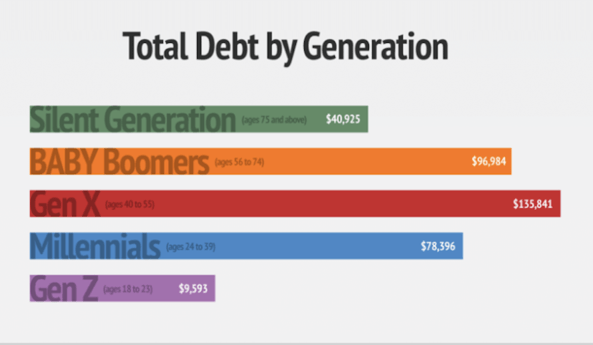Navigating the intricacies of life insurance can be a daunting task, but at Trilogy Financial, we believe that understanding the basics is crucial in making informed financial decisions. Life insurance, in essence, provides a straightforward solution to a complex question: How can your family be financially safeguarded if the unexpected were to happen to you? Whether it's covering immediate expenses, sustaining a business, or planning for future needs like education and retirement, life insurance offers a safety net. At Trilogy, we're committed to simplifying the complexities of life insurance, empowering you to make choices that secure your loved one's financial well-being.
What is life insurance?
Life insurance is actually a simple answer to a difficult question: How will my loved ones manage financially if I were to die? If anyone depends on your income or the unpaid work you do, they would most likely struggle if you were to pass away. Life insurance pays cash—also known as a death benefit—to your loved ones when you die. It replaces your income and the many non-paid ways you support your household. Your family can use this cash to help pay for immediate and ongoing expenses like funeral costs, daily expenses, a mortgage or rent, and keep a business afloat. It can also be used for future expenses like college tuition, retirement and more.
How much does life insurance cost?
The good news is, life insurance may be less expensive than you think. The cost depends on four main factors: your age, your health, the type of policy and how much coverage you buy. In general, you’ll pay less the younger and healthier you are. To put the price in perspective, a healthy 30-year-old may be able to buy a $250,000 20-year level term policy for about $13 a month.1 That means if you purchase that policy and pay the $13 a month without fail, your loved ones would get $250,000 if you were to die at any point during those 20 years.
What are the different types of insurance?
Life insurance generally falls into two categories:
Term life insurance provides protection for a specific period of time (the “term” is often 10, 20 or 30 years). This makes sense when you need protection for a specific amount of time—for instance, until your kids graduate from college or your mortgage is paid off. Term life insurance typically offers the most amount of coverage for the lowest initial premium, and is a good choice for those on a tighter budget.
Permanent life insurance provides lifelong protection for as long as you pay the premiums. It also provides “living benefits” like the ability to accumulate cash value on a tax-deferred basis, which you can tap into to help buy a home, cover an emergency expense and more. Because of these additional benefits, initial premiums are higher than what you’d pay for a term life insurance policy with the same amount of coverage.
Sometimes getting a combination of term and permanent insurance is the best answer.
How much life insurance do I need?
The amount of life insurance to buy depends on who you want to protect financially and for how long. As a very general rule of thumb, experts recommend having life insurance that equals between 10 to 15 times your gross income. But you may need more or less than that. An easy way to get a working idea of how much you need is to use an online Life Insurance Needs Calculator.
Download this comprehensive blog as a concise one-page here: What You Need To Know About Life Insurance
Or click here to watch a short video.



